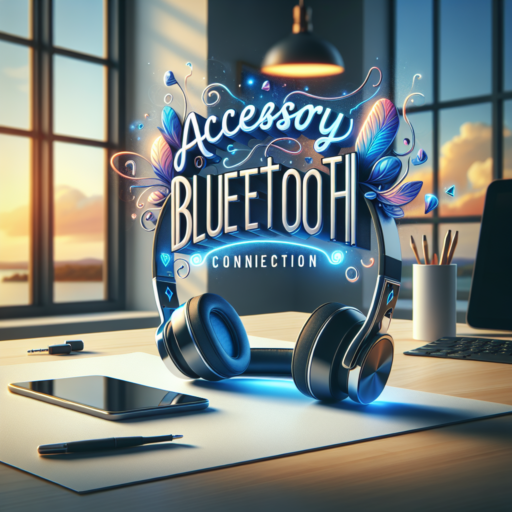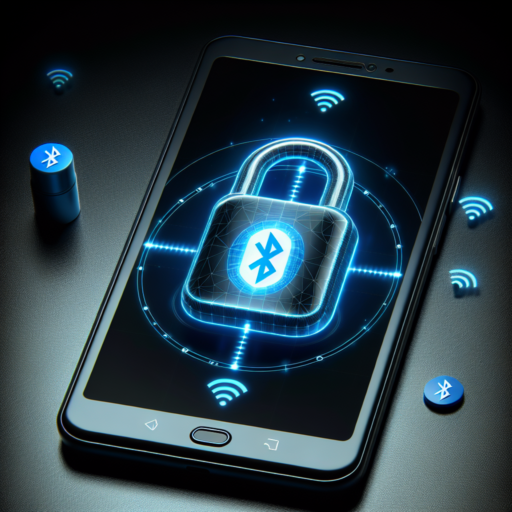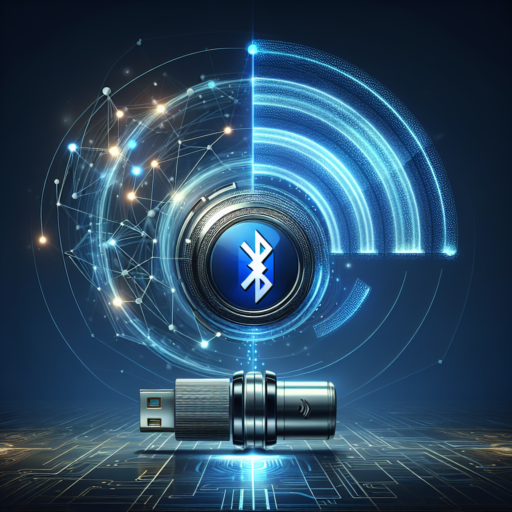What is the Bluetooth accessory on an iPhone?
The Bluetooth accessory on an iPhone refers to any external device or gadget that connects wirelessly to the iPhone using Bluetooth technology. This connection allows for seamless interaction between the iPhone and the accessory, ranging from listening to music, tracking fitness activities, to even controlling smart home devices. Essentially, these accessories enhance the functionality and usability of the iPhone, making everyday tasks more convenient and efficient.
Types of Bluetooth Accessories for iPhones
- Audio Devices: Includes earphones, headphones, and speakers. These are among the most popular Bluetooth accessories, providing users with a wireless audio experience whether for calls, music, or media consumption.
- Wearable Tech: Such as fitness trackers, smartwatches, and health monitors. These devices sync with various health and fitness apps on the iPhone to monitor and record data like heart rate, steps taken, and sleep patterns.
- Smart Home Devices: Includes gadgets like smart lights, locks, and thermostats that can be controlled directly from the iPhone. This offers users the convenience of manipulating their home environment from anywhere.
Bluetooth accessories for iPhones are designed to be easily paired and managed through the iOS settings, providing a user-friendly interface for connecting and controlling these devices. By leveraging Bluetooth technology, these accessories ensure a reliable and secure connection, which is vital for transmitting data and maintaining privacy.
How do I connect Bluetooth accessories?
Connecting Bluetooth accessories to your device can enhance your technological experience significantly, granting you wireless freedom and convenience. The process may vary slightly depending on the device, but the underlying principle remains consistent. Below, we delve into the necessary steps to pair your Bluetooth accessories efficiently, ensuring a seamless connection.
Step-by-Step Guide to Pairing Your Bluetooth Accessories
To initiate the pairing process, your Bluetooth accessory needs to be in discovery or pairing mode. This is generally achieved by pressing and holding a specific button on the accessory until an LED light blinks or you hear an audio signal indicating readiness to pair. For most devices, such as headphones or speakers, this step is crucial to make them visible to your smartphone, laptop, or tablet.
Subsequently, on your main device (e.g., smartphone or laptop), navigate to the Bluetooth settings. This can typically be found under settings in the connectivity section. Ensure your device’s Bluetooth is turned on, and it should automatically search for available devices. Once your accessory appears in the list of available Bluetooth devices, select it to initiate the pairing process. A prompt might appear asking you to confirm the pairing, often requiring you to enter a PIN (usually provided in the accessory’s manual) or simply confirm the connection on both devices.
After successful pairing, your Bluetooth accessory should be ready to use with your device. It’s important to note that the range of Bluetooth connectivity can vary, but most devices will maintain a stable connection up to approximately 10 meters (30 feet) without obstructions. Furthermore, remember that the number of devices you can connect simultaneously can differ based on the capabilities of your specific devices.
Why is my Bluetooth not pairing?
Experiencing issues with Bluetooth pairing can be frustrating and may be caused by a range of factors. Understanding these reasons is crucial in troubleshooting and solving the issue effectively. This guide delves into the common causes why your Bluetooth might not be pairing, providing insights to help you get your devices connected smoothly once again.
Check for Compatibility Issues
One of the primary reasons for Bluetooth pairing problems is compatibility issues. Not all Bluetooth devices are designed to work seamlessly with each other. Ensure that both the devices you are trying to pair are compatible. Most devices use Bluetooth 4.0 or higher, which means they should theoretically be able to communicate. However, specific device features or profiles might not be supported by both devices.
Device Is Not in Pairing Mode
Another common oversight is failing to put both devices into pairing mode. For a successful connection, both the Bluetooth source and the receiver must be in discoverable mode. This usually involves holding down a button on one of the devices until a light starts flashing, indicating it’s ready to pair. If one device is not in pairing mode, the connection cannot be established.
Interferences from other wireless devices can also prevent a successful pairing. Bluetooth technology uses 2.4 GHz radio frequency, which is the same frequency used by many household wireless devices, such as wireless keyboards, Wi-Fi routers, and even microwave ovens. Ensure there are no significant sources of interference nearby when you attempt to pair your devices.
No se han encontrado productos.
How do I connect an external Bluetooth device?
Connecting an external Bluetooth device to your smartphone, tablet, or computer can enhance your technology experience, allowing you to enjoy wireless communication and streaming. Whether it’s for listening to music, facilitating work calls, or just sharing data, the process is straightforward once you understand the basic steps.
Enable Bluetooth on Your Device
First and foremost, ensure that the Bluetooth functionality on both your primary device and the external Bluetooth device is activated. On most devices, you can turn on Bluetooth by going into the ‘Settings’ menu, finding the ‘Bluetooth’ option, and toggling it to the ‘On’ position. Some devices also allow you to activate Bluetooth through a shortcut in the notification panel.
Pairing the Device
With Bluetooth enabled on both devices, place the external device in pairing mode. This usually involves holding down a specific button until a light blinks or a sound indicates it’s ready to pair. On your primary device, go to the Bluetooth settings again, where you should now see the external device listed. Tap on the device’s name to initiate the pairing process. You may need to confirm the pairing on one or both devices, sometimes requiring a PIN code that can usually be found in the external device’s manual.
After these steps, the external Bluetooth device should be connected and ready for use. Remember, the range for Bluetooth connectivity typically spans up to around 10 meters (33 feet), but this can vary based on the environment and type of device being connected. For optimal performance, keep the devices within a clear line of sight without major obstructions.




